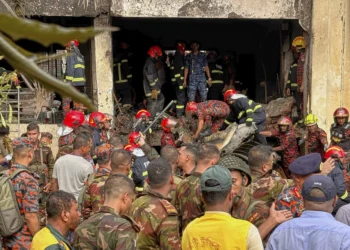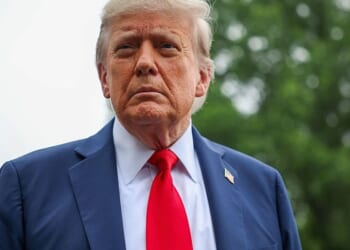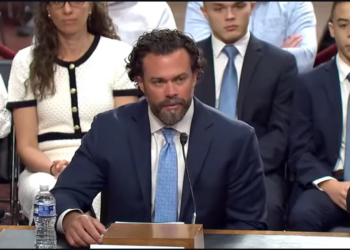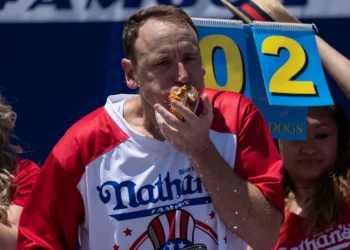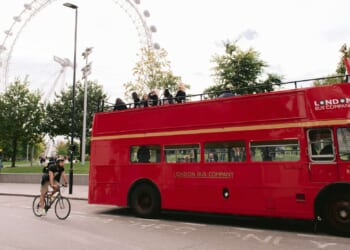Gird your loins, because we’re off on a wild race to follow Teddy Roosevelt’s rise to national and international prominence. And a race it will be. Glancing back to the presidential campaign of 1900 gives us a hint about Teddy’s love of the fray.
1900 had seen Republicans William McKinley and Theodore Roosevelt campaigning against Democrats William Jennings Bryan and Adlai Stevenson. But in truth, it was Roosevelt campaigning against the Democrats, carrying McKinley’s message — and his own — while the president was maintaining his own agenda as the chief executive. Roosevelt commissioned a campaign train, logged over 21,000 miles, hit every “whistle stop” across the country, and spoke to over three million people in 567 cities and towns in 24 states. (Deep breath!)
My favorite quote about the campaign appears in almost every reflection on the 1900 race. A lovely press columnist named Dooley reflected, “Tis Tiddy alone that’s running an’ he ain’t runnin’, he’s gallopin’.” Dooley exaggerated the Irish accent in his native tongue, but the meaning was clear: Roosevelt was tireless in spreading the Republicans’ message, and when the votes were counted, the Republican ticket had racked up the best victory in popular and electoral votes percentages in its history.
I can only imagine that Teddy Roosevelt would have expanded the role of the vice presidency in both domestic and foreign policy actions had he occupied that office for more than six months, but alas, an assassin’s bullet would change the trajectory of his life, and he and the United States would never be the same.
When Roosevelt assumed the office, he gauged the temperature of the nation and the dominate Republican Party. Always thinking ahead and skilled in judging where the conflicts might arise that would limit his “progress,” Roosevelt struck a deal with the party leadership. He would not push too hard and too quickly on domestic issues if they would give him a free rein in foreign affairs. Never mind that Roosevelt did occasionally use his position to intervene on internal issues that impacted his own agenda; he just did not intervene via congressional action. There was that “bully pulpit”…
Once Roosevelt had made that deal with his own party about a division of power, how did he address what he perceived to be the critical foreign policy issues facing the United States in the new century?
The United States had moved from a continental entity with one large piece of real estate purchased in 1867 — Alaska — to a global power with possessions gained via the short-lived Spanish-American War. Roosevelt now served a nation that had control over the Philippines, Puerto Rico, Guam, and Cuba, while having also annexed Hawaii. The United States of America had become an empire! If the sun never set on Queen Victoria and Benjamin Disraeli’s British Empire, it was now true — okay, to a lesser extent, but nonetheless — about the United States.
While politicians, writers, and average citizens debated the wisdom of that swift move into an arena long dominated by Great Britain and others, Roosevelt believed the time was right. His first major goal was to make his nation a global power and to increase its influence in all arenas, because he believed that American ideals and values could move the world toward liberty, equality, and justice — step by step. Remember Winthrop and the “city on a hill” noble image? Roosevelt believed that exporting the guiding principles of the republic would improve mankind, and he was just the person to oversee that action. And if persuasion alone was not enough to encourage compliance, well, there was always “a big stick” that might invoke change.
So, how might the United States move up in the global hierarchy? Teddy Roosevelt had been mulling over that question, and he had a plan.
First, the best defense is a strong offense. Roosevelt, the outdoorsman and student of human nature, believed that weakness invited attack. His first major actions increased the strength and presence of the U. S. military — Army, Navy, Marines, Merchant Marines, Coast Guard, and state militias — by driving for increased funding that allowed a visible presence not only in the U.S. but in the territorial states that gained international attention. The United States was no longer an isolated nation, resting on its continental presence and “guarded” by the Atlantic and Pacific Oceans and the Gulf of Mexico (America). The U.S. flag seemed to be appearing everywhere, and it was being transported by a modern Navy and carried by troops.
Step #1 was being manifested, but Teddy Roosevelt was just getting started.


